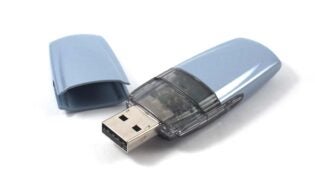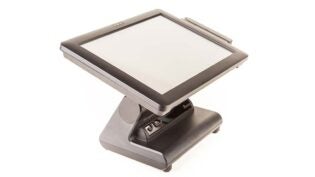Home > Technology > Hardware >
Insider Comparison of Your Data Center Cabling Options
By: Scott Resnick

Verifying that your data center cabling is up to par is one of the most important things you can do to update and ensure your business is running as smoothly as possible. If you discover that your cabling needs to be upgraded, you have some choices to make. Here’s what you need to know about the various cabling options that are available:
1. Coaxial Cabling
One option to consider when designing your data center is coaxial cabling. Coaxial cabling consists of an inner copper core surrounded by insulation and then a braided metal shield that helps protect it from interference. Besides being highly resistant to interference, coaxial cabling can transmit data over longer distances than other types. However, it’s difficult to install and may not be the best option in tight spaces due to its limited ability to bend (coaxial cabling is very stiff).
2. Twisted Pair Cabling
Another option for your data center cabling is twisted pair cabling which consists of up to eight copper wires twisted together in pairs. Each pair has a different number of twists per inch, which helps to reduce interference. Twisted pair cabling can be either shielded (STP) or unshielded (UTP), with UTP being the more common and STP being the more expensive choice.
Many network administrators prefer twisted pair cabling to coaxial cabling because it’s more flexible and, therefore, easier to install in confined spaces. Another advantage of twisted pair (copper) cabling is that it can be used for Power over Ethernet (PoE), which means things like computers and VoIP systems can be powered from the network itself rather than from an electrical outlet. That’s why many businesses find that copper wiring offers adequate functionality and flexibility at a lower price.
3. Fiber Optic Cabling
Other businesses are making the switch to fiber optic data center cabling. Fiber optic cabling consists of a glass (and sometimes plastic) core surrounded by protective fibers, and it transmits data via light rather than electronic signals. It has a greater bandwidth than copper wiring, and can travel for longer distances without dropping transmission quality. It’s also more durable, more resistant to interference, lightweight, and non-flammable, since it doesn’t transmit electricity that could cause sparking.
Fiber optic cabling is also more secure than copper cabling. All it takes to tap into a LAN using copper cabling is a sensitive antenna that can detect the energy radiated from the cable. Since fiber optic cabling doesn’t transmit electricity, would-be eavesdroppers would have to put an actual tap on the cabling, which can be easily detected. There’s one additional benefit to fiber optic cabling: it takes up less space in your cabling configurations. One drawback of fiber optic cabling is its limited ability to bend. If you try to bend it too tightly, you lose signal quality. That makes it harder than copper cabling to install in confined spaces or over long distances that aren’t in a relatively straight line.
There are two main types of fiber optic cabling: single-mode and multimode. Long distance telecommunications companies generally choose single-mode because of its higher bandwidth, while users often choose multimode for office networks due to its lower cost.
Your data center cabling can make or break your business, and no one choice is right for every business in every situation. It all depends on factors like the distances you need to cover and how the data center cabling is arranged, how much bandwidth you need, and how worried you are about interference and security. Budget, of course, is a consideration, as are your plans for future expansion and what your needs may be as your business grows.
This article was originally published by TTI Houston
Published: December 5, 2014
2052 Views
2052 Views














